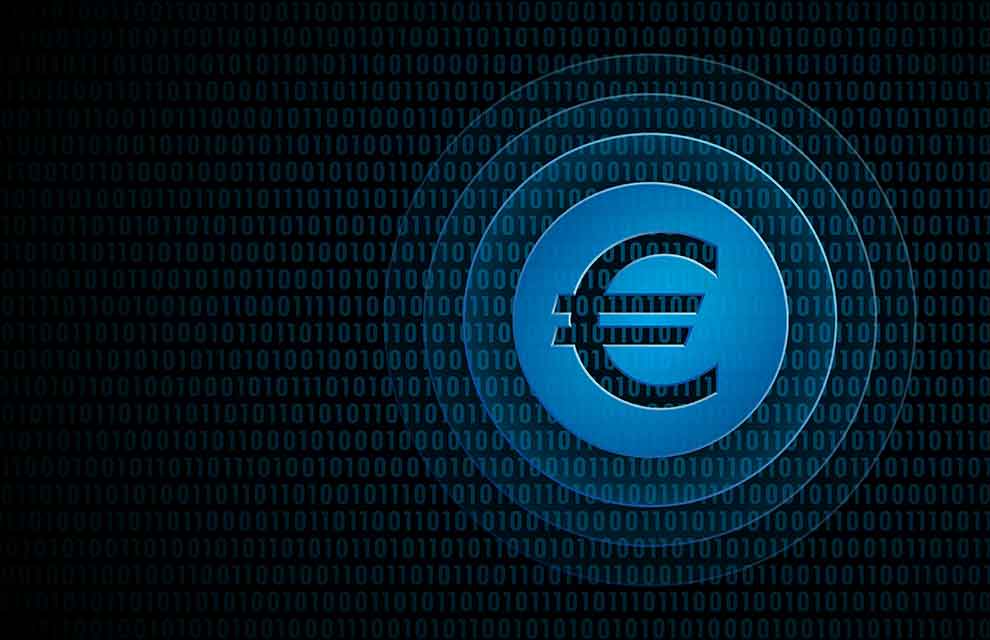Italy toys with digital euro repo potential
24 December 2020 Italy
 Image: Ilias/stock.adobe.com
Image: Ilias/stock.adobe.com
The Italian Banking Association (ABI), in cooperation with ABI Lab, its banking research and innovation centre, are experimenting with how a digital euro could be utilised to increase payment efficiency by central banks.
The project focuses on enhancing the role of banks in the European Central Bank’s (ECB) digital euro environment and aims to “proactively contribute to public debate and support banks operating in Italy as they prepare for the future,” says ABI.
A digital euro differs from the existing electronic payments mainly due to its programmability.
The project aims to demonstrate the technical feasibility of a digital euro based on distributed ledger technology (DLT) in addition to exploring new value-added services that will become possible thanks to the currency’s programmability.
The association’s project is divided into two work areas. One involving the infrastructure and distribution model to analyse technical feasibility, and the second focusing on programmability to experiment with use cases that can differentiate the central bank’s digital euro from the electronic payments already available.
The first work area will be carried out in collaboration with SIA, in synergy with the ABI Lab Chain banking infrastructure which already has 100 active nodes distributed throughout Italy, as well as with the banks that operate within it.
The second work area will be divided into several working groups that will focus on use cases and will work in collaboration with the banks and NTT Data, PwC and Reply, which have made their resources available to the project.
The initiative is open to all interested banks, says ABI.
This year, many central banks stepped up their study of issuing a central bank digital currency and the ECB is actively working on this topic, including through the document submitted for consultation on 12 October, following the publication of the ‘report on a digital euro’, an in-depth study on the digital euro prepared by the Eurosystem’s High-Level Task Force on Central Bank Digital Currency.
According to the ECB, a digital euro presents three strategic opportunities: to support the digitisation of the European economy; to respond to the move away from the use of cash as a means of payment; and to respond effectively to a scenario of increased use of digital currencies issued by private entities or by central banks in other countries.
Hence the digital euro, a central bank liability offered in digital form, which complements cash and deposits at central banks.
The project focuses on enhancing the role of banks in the European Central Bank’s (ECB) digital euro environment and aims to “proactively contribute to public debate and support banks operating in Italy as they prepare for the future,” says ABI.
A digital euro differs from the existing electronic payments mainly due to its programmability.
The project aims to demonstrate the technical feasibility of a digital euro based on distributed ledger technology (DLT) in addition to exploring new value-added services that will become possible thanks to the currency’s programmability.
The association’s project is divided into two work areas. One involving the infrastructure and distribution model to analyse technical feasibility, and the second focusing on programmability to experiment with use cases that can differentiate the central bank’s digital euro from the electronic payments already available.
The first work area will be carried out in collaboration with SIA, in synergy with the ABI Lab Chain banking infrastructure which already has 100 active nodes distributed throughout Italy, as well as with the banks that operate within it.
The second work area will be divided into several working groups that will focus on use cases and will work in collaboration with the banks and NTT Data, PwC and Reply, which have made their resources available to the project.
The initiative is open to all interested banks, says ABI.
This year, many central banks stepped up their study of issuing a central bank digital currency and the ECB is actively working on this topic, including through the document submitted for consultation on 12 October, following the publication of the ‘report on a digital euro’, an in-depth study on the digital euro prepared by the Eurosystem’s High-Level Task Force on Central Bank Digital Currency.
According to the ECB, a digital euro presents three strategic opportunities: to support the digitisation of the European economy; to respond to the move away from the use of cash as a means of payment; and to respond effectively to a scenario of increased use of digital currencies issued by private entities or by central banks in other countries.
Hence the digital euro, a central bank liability offered in digital form, which complements cash and deposits at central banks.
NO FEE, NO RISK
100% ON RETURNS If you invest in only one securities finance news source this year, make sure it is your free subscription to Securities Finance Times
100% ON RETURNS If you invest in only one securities finance news source this year, make sure it is your free subscription to Securities Finance Times



